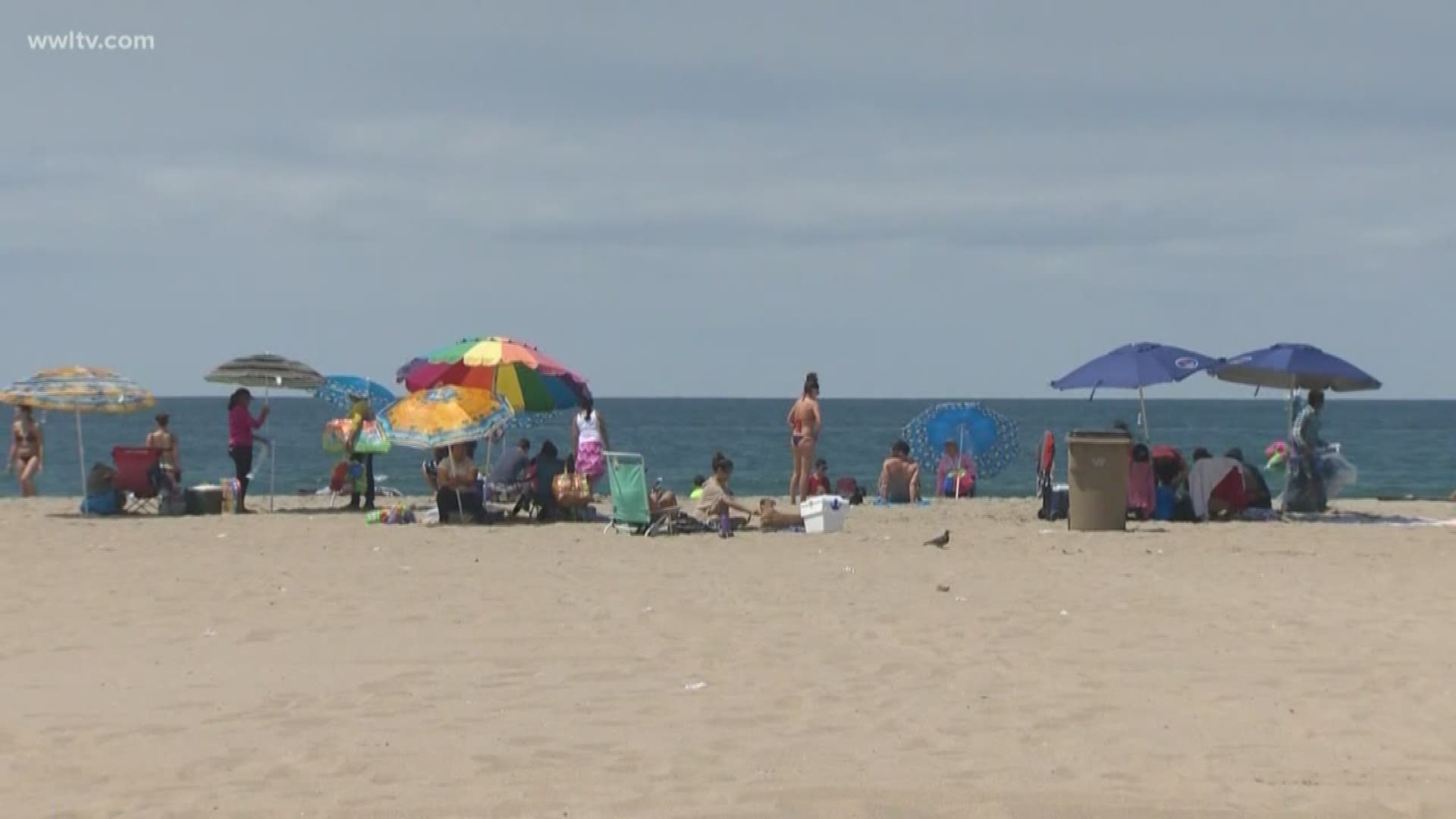NEW ORLEANS — Doctors say everyone should take a minute to put on sunscreen, but if you're not using the right kind you might be wasting your time.
A consumer advocacy group called Environmental Working Group has released new research showing that nearly two-thirds of sunscreens do not give adequate sun protection.
So, with the unofficial start of summer this Memorial Day weekend, here are the dos and don'ts of sunscreen:
- A physical sunscreen, one with titanium dioxide or zinc oxide, may be safer than one with chemicals.
Recent reports had concerns over the chemicals getting and staying in the bloodstream.
- Slather on a thick coat, says New Orleans board-certified dermatologist Dr. Skylar Souyoul
"You want to make sure that you're using enough to cover your entire body," Souyoul said. "It's about one ounce, which a shot glass full. Of course in New Orleans, we know exactly what a shot glass is."
- Make sure your sunscreen is broad spectrum to protect against UVA and UVB rays
SPF 30 will give you 97 percent protection. Anything higher than an SPF 60 gives you a false sense of protection, Souyoul said.
"No sunscreen's going to provide 100 percent protection and so I think that it might be misleading for someone who's going in the store and buying something that's 100 plus," she said.
- Think twice about spray-on sunscreens
You may miss a spot with the aerosol can, and the mist could get in your lungs. So it's best to spray them in your hands, then rub it on.
- REAPPLY!!!
Water resistant means 40 minutes of protection while sweating or swimming. Very water resistant is 80 minutes. It's best to reapply every two hours while in the sun. And remember, while fair skin is more at risk, every skin tone and shade, even dark skin, can get cancer.
"Skin cancer is the most diagnosed cancer in the United States," Souyoul said. "The rate of melanoma is increasing and so it's very important to protect yourself."

